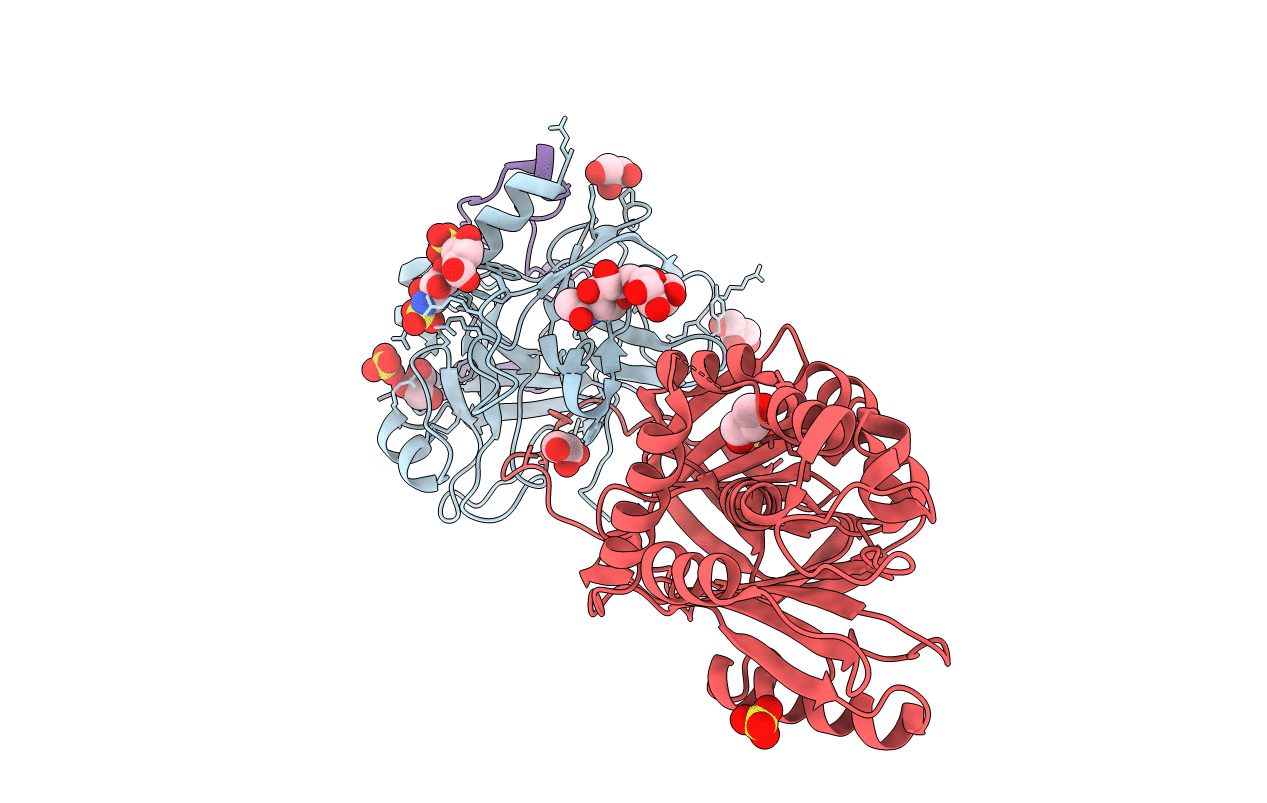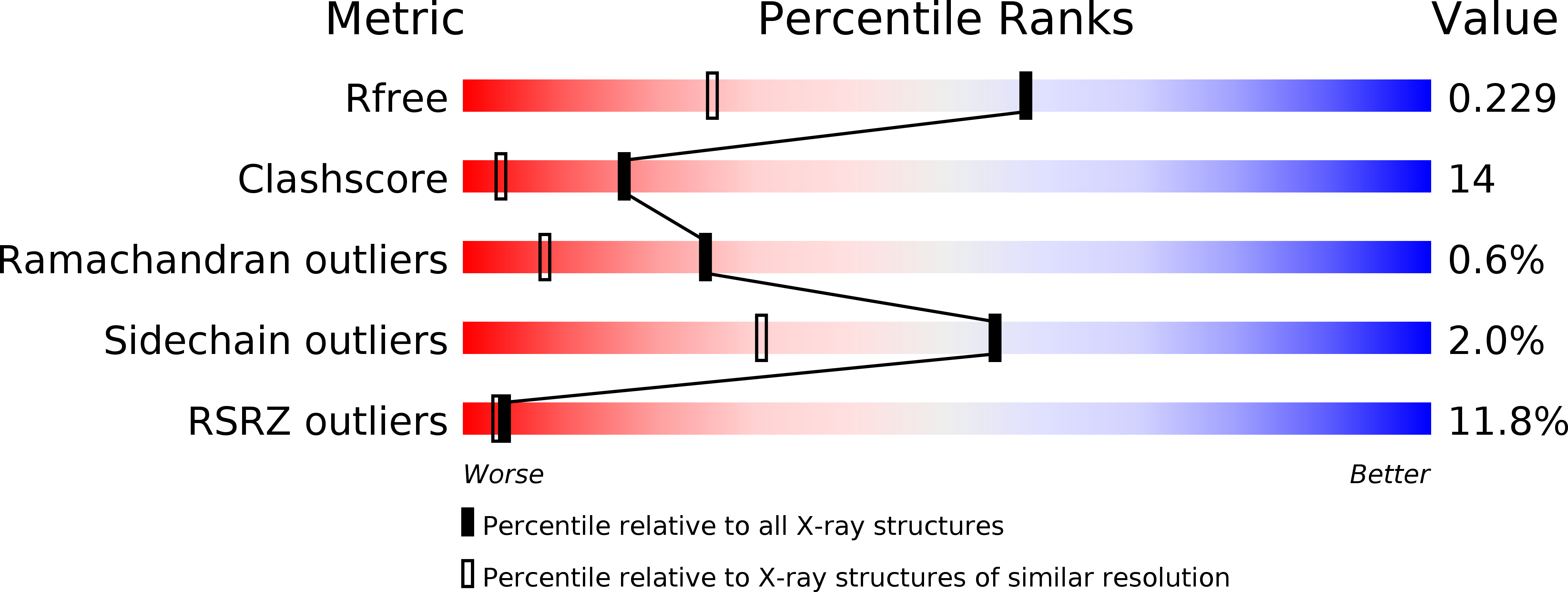
Deposition Date
2007-11-05
Release Date
2008-04-22
Last Version Date
2024-11-06
Entry Detail
PDB ID:
3B9F
Keywords:
Title:
1.6 A structure of the PCI-thrombin-heparin complex
Biological Source:
Source Organism:
Homo sapiens (Taxon ID: 9606)
Host Organism:
Method Details:
Experimental Method:
Resolution:
1.60 Å
R-Value Free:
0.23
R-Value Work:
0.20
R-Value Observed:
0.20
Space Group:
P 1


